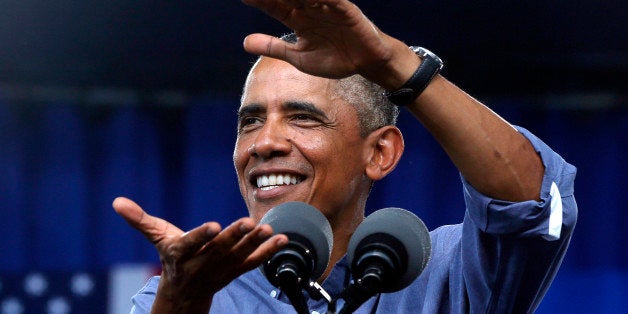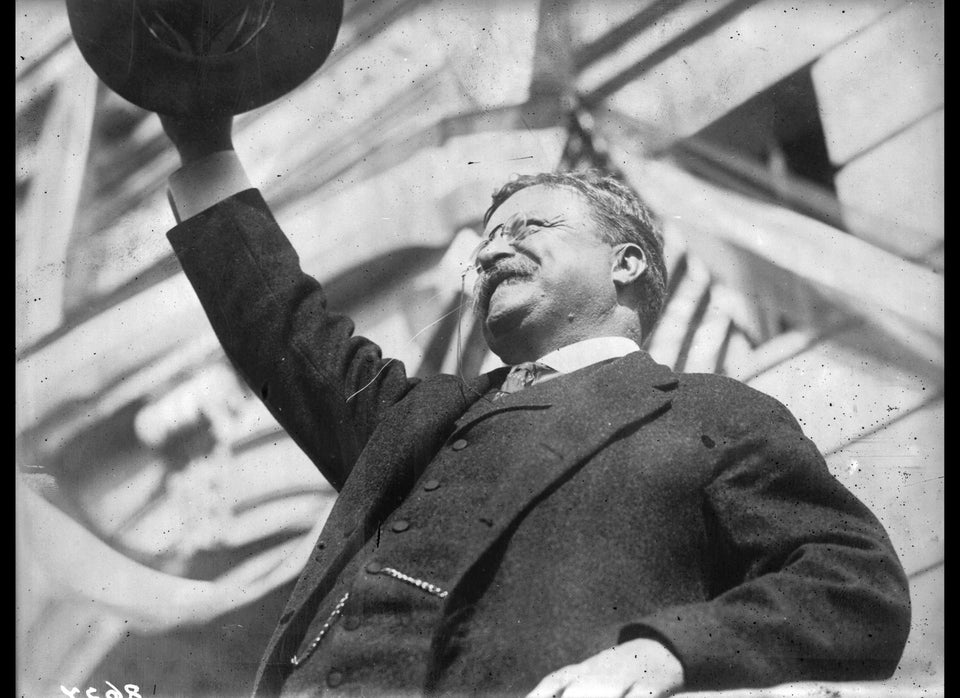
Another day, another survey showing that Obamacare is beginning to cure America's uninsured problem.
The latest numbers come from the federal Centers for Disease Control and Prevention, which polled more than 27,000 people during the first three months of the year. Forty-one million U.S. residents, or 13.1 percent, were uninsured during the quarter when benefits started to kick in for people who signed up for coverage into private insurance or Medicaid via the Obamacare exchanges or elsewhere.
That's the lowest number and percentage of uninsured people since the CDC started using this version of its survey in 1997. It's also down 3.8 million people and 1.3 percentage points from the end of 2013.
The Affordable Care Act's impact on the uninsured actually is understated by the CDC survey. More than 30 percent of Obamacare's 8 million private health insurance enrollees signed up in March or later. That means their benefits wouldn't have kicked in by the end of the third quarter, so a portion of them wouldn't have had coverage by the time of the CDC poll.
Polling and research by other organizations indicates a greater reduction of the uninsured after March. By the end of June, the uninsured rate fell to 13.3 percent, the lowest since 2008, according to Gallup survey findings released last month. Gallup's number for the second quarter was down down from 17.1% at the end of 2013. In an article published in the New England Journal of Medicine, the Department of Health and Human Services and the Harvard School of Public Health pegged the number of people who gained coverage since last year at 10 million. The Congressional Budget Office projects 12 million people will gain health insurance by year's end.
While the CDC survey shows the uninsured rate for children and adults over 65 years old didn't change much, the share of working-age adults who had no health coverage fell from 20.4 percent at the end of the last year to 18.4 percent during the first three months of 2014. The biggest drop was among adults 19-25 years old; the uninsured rate for this group fell more than 5 points to 20.9 percent.
As other studies have shown, states that adopted Obamacare's expansion of Medicaid benefits to more poor residents covered a lot more uninsured than those that didn't. During the first quarter of this year, the uninsured rates in Medicaid-expansion states fell from 18.4 percent to 15.7. In states that refused to accept the Medicaid expansion, the uninsured rate was virtually unchanged, the CDC found. Twenty-three states, mostly in the South, have not opened up Medicaid to more people.
The CDC report also makes plain the connection between income and health insurance. The uninsured rate for poor U.S. residents was 24.1 percent, compared to 26.2 percent for "near-poor" people and 9 percent for everyone else. Obamacare provides financial assistance to people who earn up to four times the federal poverty level, which is about $94,000 for a family of four.
The ethnic group with the highest uninsured rate was Hispanics, at 27.2 percent in the first three months of this year, a decline of more than three points since 2013. The uninsured rate also fell for African-Americans, from 18.9 percent to 15.1 percent. Asians had the third-highest rate at 13.3 percent, followed by whites at 11.5 percent; the share of uninsured Asians and whites didn't significantly change.
The Census Bureau also released survey findings about health insurance in the United States Tuesday, but its figures are from 2013, before benefits from Obamacare enrollment began to take effect. The Census also changed the way it conducts this survey, making comparisons to previous years impractical.
In 2013, 13.4 percent of the population, or 42 million people, lacked health insurance for the entire year, the bureau found. By contrast, the CDC survey asks respondents whether they have coverage at the time of the interview, meaning they may have had coverage at another point during the same year.
The next phase of sign-ups on the health insurance exchanges begins Nov. 15 and will run through Feb. 15. According to the Congressional Budget Office, 7 million additional people who currently lack coverage will gain it during the open enrollment period, and more are expected to sign up in the coming years.
But neither the Congressional Budget Office nor anyone else believes Obamacare will ever bring the number of uninsured Americans down to zero. A decade from now, CBO projects 31 million people will not have health insurance, 25 million fewer than if the Affordable Care Act hadn't been enacted, but still 11 percent of the population.
This story has been updated with figures from the Census Bureau survey.

